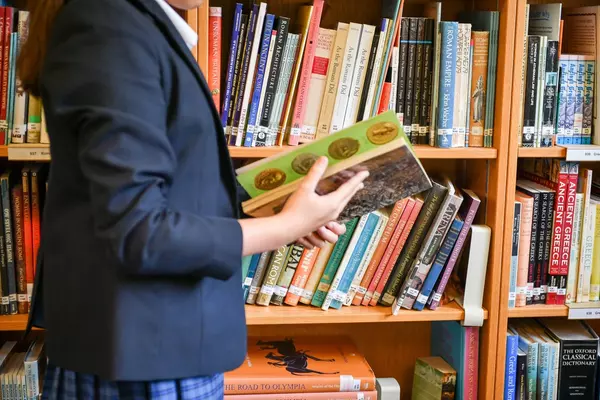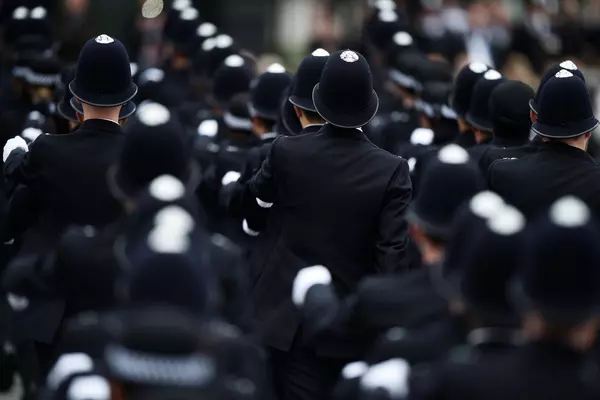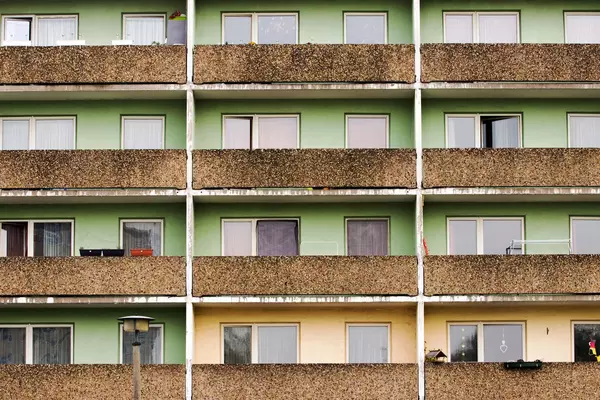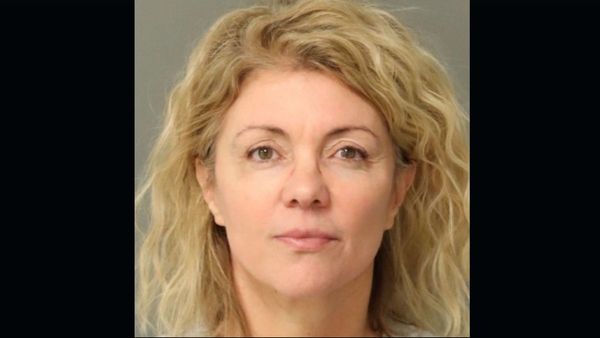Elite sports are no longer the domain of the young with more athletes reaching their physical peak later in life.
The average age of Australia’s Olympic swimming team has been steadily increasing since the 1990s, with three of this year’s star swimmers being 30-years-old.
Likewise, the Australia’s women’s Olympic marathon team are all mothers in the 30s and 40s. Sinead Diver, who broke the Australian marathon record at the Valencia Marathon in 2022, is 47-years-old.
Earlier this year, British ultrarunner Jasmin Paris became the first woman to ever finish the notoriously tough Barkley Marathons at aged 40.
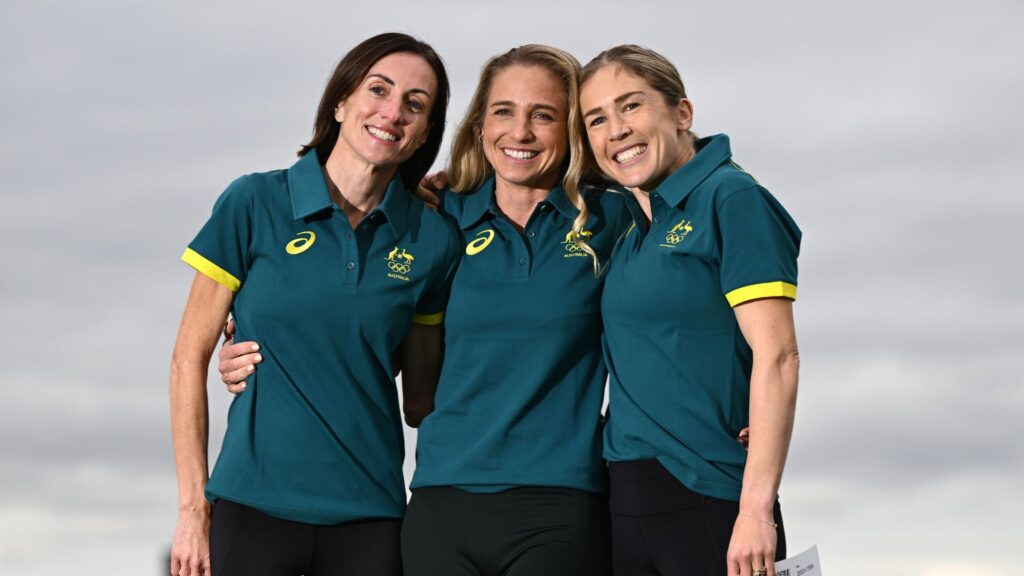
These achievements seem so unbelievable because science tells us that our physical peak occurs in our 20s.
“According to research studies, the belief is that the biological peak for most people is in their mid 20’s to early 30’s,” says physiotherapist and Function PCP and PRIMAS method founder, Mena Ghaly, “this measurement considers muscle strength, cardiovascular fitness (VO2 Max), bone density, and flexibility.”
“You can appreciate that when you are developing through your childhood to adolescent age you feel your unbreakable, and in most cases you would be right.”
If this is the case, then it makes this new cohort of older elite athletes all the more impressive.
When it comes to fitness at any age, Mena suggests that we might be placing too much importance on our bodies’ capabilities.
“Is it your mindset or is it your biological body that has you performing at your peak?” Mena asks.
While age might bring physical challenges to the table, it can also bring a different perspective and quite often, a more developed mental resilience.
When we consider the factors that keep us fit as we age, experts agree that its about consistency and smart training methods—two things that a stronger mental resilience assists with.
“Simply said, what you put in, is what you get out,” Mena explains. “most middle-aged people are bogged down with the normal stresses of life, but if you were to shift that mindset and be disciplined to work on those metrics you could easily achieve a peak level.”
Our mind however, is not the only thing that that can help us perform better in our later years. There is some promising evidence that shows that pregnancy and childbirth can actually increase our cardiovascular abilities.
“Immediately (when) you start to grow a fetus you need more blood supply to the uterus so you increase your blood volume and your plasma volume, you also increase the blood volume that is going to the muscles. You will need increased cardiac output, so the amount that your heart can beat and pump blood out each time, your stroke volume increases, then your respiratory volume or tidal volume increases,” explains Dr Alice McNamara, a sport and exercise physician at the Victorian Institute of Sport, told the Sydney Morning Herald.
While the cardio changes do go back to normal after giving birth, its worth noting that older athletes tend to have the most success with endurance sports.
“Generally for most sports peak is considered to occur between mid 20’s-30 but for endurance-based sports it can be later,” Founder of iPerform Lab and NRL Strength & Conditioning Coach, Aaron Sculli says.
Is It Harder To Get Fit When You’re Older?
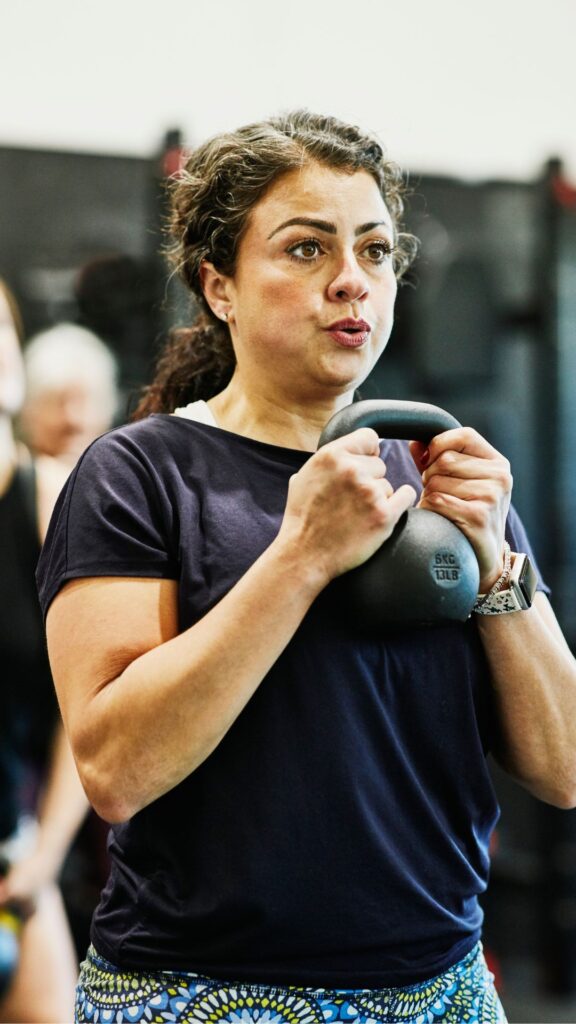
The possibility of reaching peak fitness in your later years doesn’t mean that its an easy thing to do.
Mena says that you may need to “work harder and more strategically to achieve and maintain peak physical fitness in your 30s and 40s compared to your 20s.”
“The first thing to consider is that our recovery time is slower. As you age your body doesn’t repair as fast and so we must be considerate of our rest periods and recovery.
“Secondly, our hormone levels and muscle mass begin to decline in our 30s and 40s. Hormones like testosterone and growth hormone, which support muscle growth and repair decline so we will have to work harder and smarter to maintain peak levels.
“Lastly, the joints and muscles will stiffen with normal wear and tear. We do take for granted our flexibility in our adolescent years, so regular attention to stretching and mobility will be a high priority for most.”
How Do You Stay Fit In Your 30s, 40s And Beyond?
When it comes to building and maintaining fitness in your later years, Mena suggests his focusing on the following four things: strength, stretch, stability and stamina.
- Strength: resistance training that helps build and maintain your strength
- Stretch: regular stretching through aerial yoga, or even regular yoga promotes that young body flexibility
- Stability: half of our joints in the body are designed for stability, which in turn support our mobility. Our exercise of choice is mat and reformer Pilates
- Stamina: High intensity aerobic exercise ensure your VO2 max is always being challenged and maintain at an adequate level
“The 4’s, which are part of the Primas Method, are a winning formula if combined with a balanced diet, quality sleep and regular maintenance of the physical muscles through recovery sessions such as ice baths and saunas,”
Aaron agrees, stating that “consistency is the key here, it’s harder to get it back when it’s gone so don’t stop!”
The Best Exercises For People In Their 30s and 40s
Mena has provided the following examples of good excercises for people in their 30s, 40s and beyond to maintain.
Strength
- Lower body squats and lunges with and without weights
- Deadlifts
- Bench press
- Rows and Lat pull downs
- Overhead presses
- Push Ups
- Planks
- Pull-ups
Stretch
- Dynamic stretching: thread the needle, tuck under glides, arm circles, ER/IR rotations of the hip
- Static Stretching: Hamstring, quad, calf, pec, lat and shoulder stretches
- Yoga
Stability
- Reformer Pilates: the whole routines are built to stabilise your core and inner
- strength
- Mat Pilates: bridges, clams, roll-up, hundreds, single leg stretch, leg circles, Spine
- stretch forward
- Bosu and Stability balls are a great addition to the home exercise routine
Stamina
- High intensity aerobic workouts: cycling, swimming and running
- Rowing and Assault bike sprints
- Circuit training with a combination of upper and lower body workout
This article originally appeared on Marie Claire Australia and is republished here with permission.

